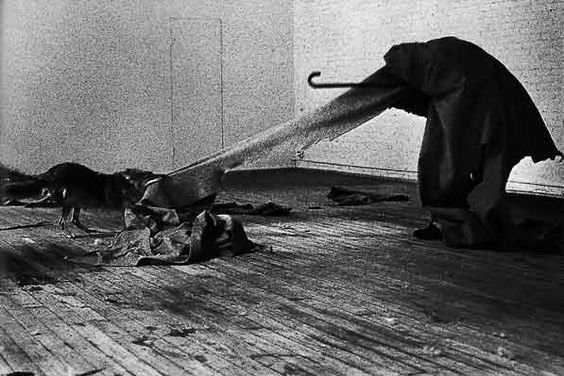A thorn in the heart and an idea in the brain: you can either extract it or give up. Half a century later, a summary of the legacy of Pop Art is deserved. Will it be a quixotic matter?
The role of criticism
A flood of images assaults me, even those that look like a thought but which do nothing but fill in and pollute: you end up with retire into your corner. I was told by a young man I respect: “You don’t know Kishio Suga?! I saw a wonderful exhibition at Hangar Bicocca, in Milan, has devoted to him! ” I went to browse the internet. Sorry if I am quite coarse: how much non-sense imagination, and first of all how much exaggeration and abundance! It seems that the generations after mine have become indifferent to pollution, noise, and to gratuitous. The efforts of the best Arte Povera artists have gone to waste: that salad is no longer replaced, and it too was quixotic. We are burying the best, pretending to be sensitive to matter, as if Merz‘s bundles could be copied “in F minor”. How many misunderstandings have been spread by the gurus of criticism!
From Duchamp to Pop
When Warhol and Co. were on stage they had to deal with leading artists such as Beuys, Boltanski, Christo, Rainer, the best known among those who lent the people at least one of their two eyes to serve them. Europe had lived the war round its own territories (probably Warhol did not even know Fabio Mauri‘s work). As if another thought, expressed with other means instead of the word and not polluted by the one cleared by Duchamp at least forty years before Pop, needed the rinsing of simplicity, the use of advertising and pure and simple popularity.
Art or show?
We need to back to the root, to have the courage to limit the figure of the American: isn’t half a century enough? Aside from the thousands of screen prints devoted to popular characters with which Warhol financed his personal aircraft fleet, I see nothing but the simplicity of his graphics and his inventions in the cinema. But the most popular art industry itself hasn’t even looked at Chelsea girls. !). Assuming that this was a big theater, nevertheless today the village peripheral theater dominates. Most current artists practice only jokes, imitating the various Léon Ferrari and Maurizio Cattelan, who have assumed the cunning in their art but who undoubtedly are intelligent. The society of the spectacle pushes anybody to success at any cost!
Recent past
Richard Serra‘s space wave of Spirals seems to belong to a mythical past. Only 15 years ago, the scene was already changing. While he was undermining the steel industry, that of major works, that of transport, as well as the Venice Biennale’s organization, almost contemporarily a Kiefer’s exhibition was organized in Venice (I am speaking of one of the most daring artists today). This event emphasized that backward leap.
I suggest a convincing look at the state of affairs: open any of the art magazines and you verify that the vulgar baroque is there for all to see.








